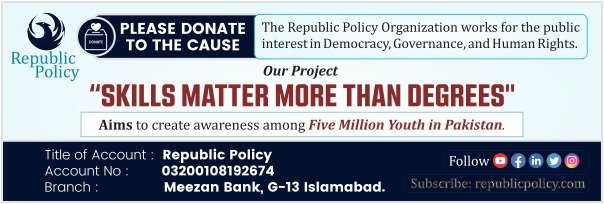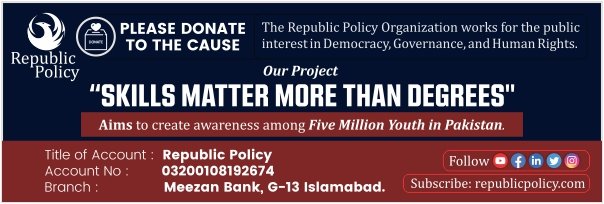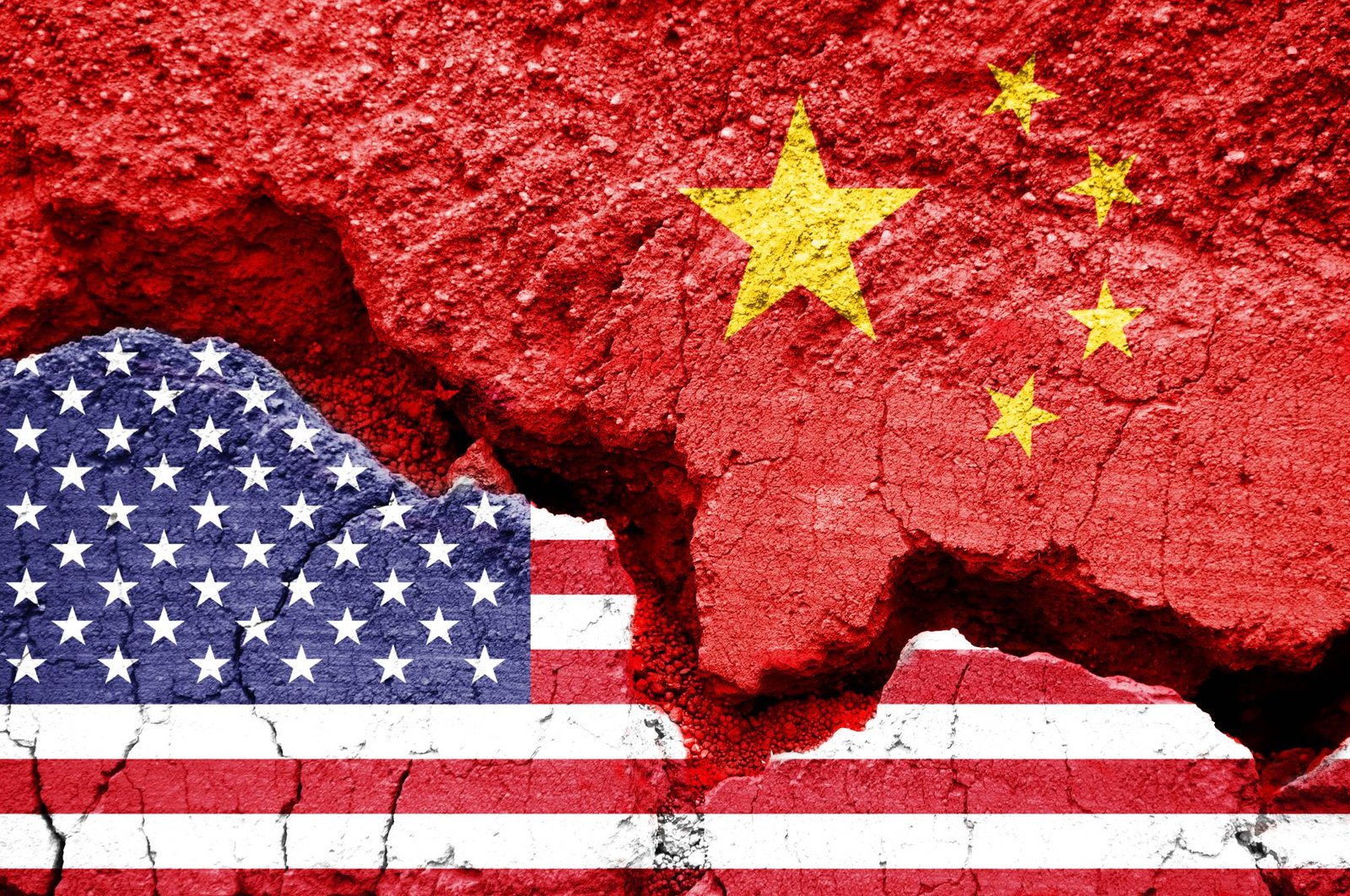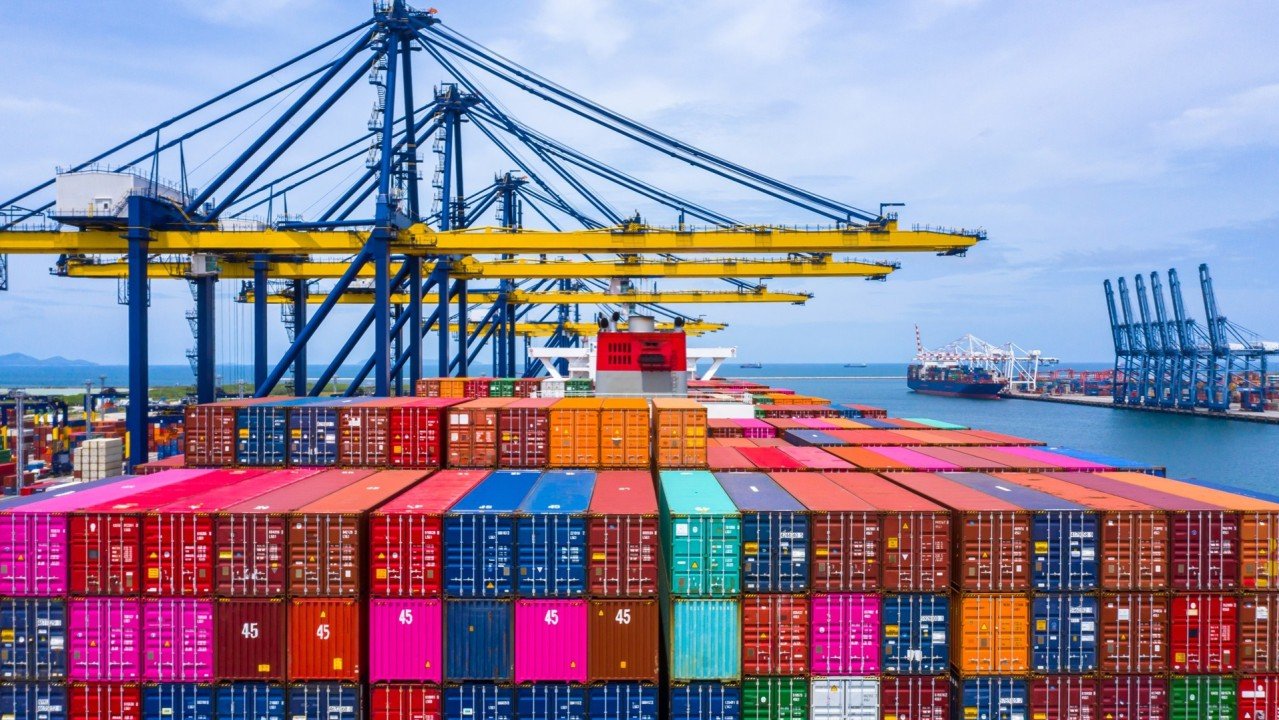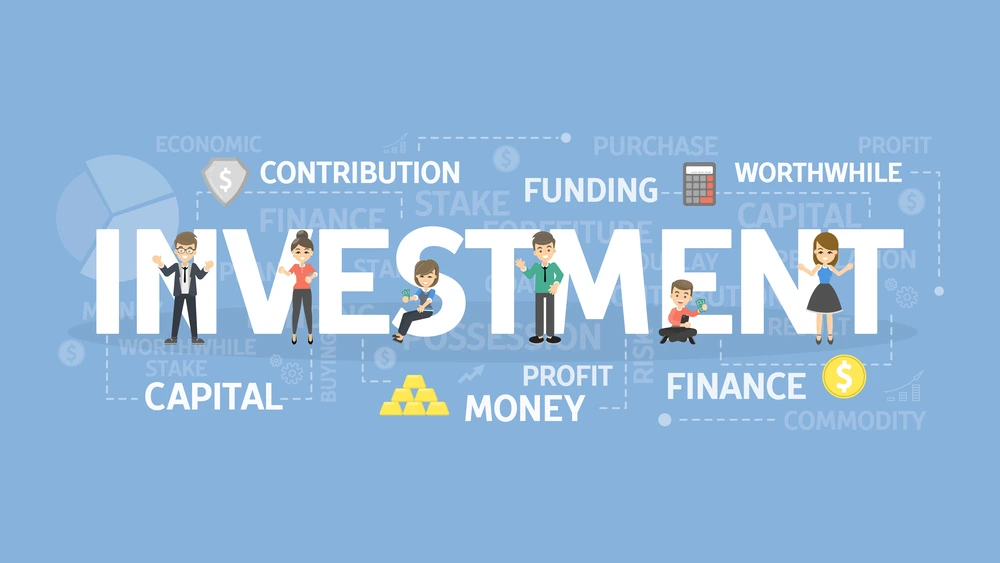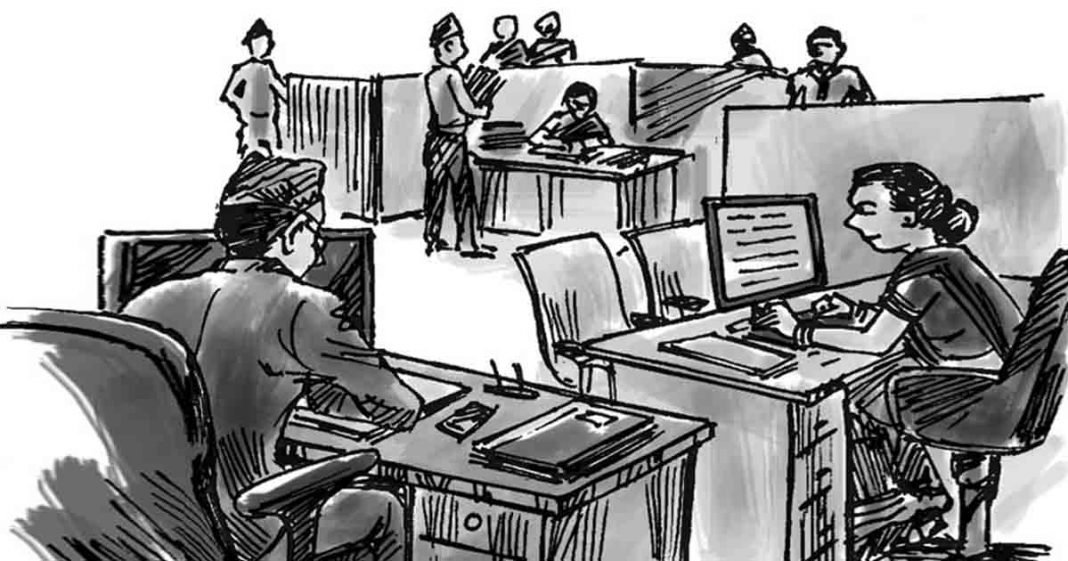Zafar Iqbal
There is a growing sense of cautious optimism in Islamabad. Policymakers and financial institutions agree that Pakistan’s macroeconomic indicators have improved — the rupee has stabilised, foreign reserves have risen modestly, and inflation has eased considerably. Yet, beneath this veneer of stability lies an uncomfortable truth: ordinary Pakistanis are not feeling any relief. Poverty continues to rise, real incomes are stagnant, and unemployment remains high. Economic stabilisation, it seems, has not translated into social well-being.
This disconnection between macro-level stability and household-level distress reflects a deeper structural flaw in Pakistan’s growth model. For decades, the country has relied on import-led, consumption-driven growth financed by external borrowing. Every boom cycle has therefore ended in a balance-of-payments crisis. Without addressing this model, Pakistan remains trapped in a pattern where growth benefits the elite, while crises burden the poor.
Follow Republic Policy on YouTube
The government faces fresh challenges that threaten this fragile stability. Recent floods are expected to dampen agricultural output and increase fiscal pressures due to rehabilitation spending. Inflation, though down from last year’s highs, rose by more than 2 percent last month — an early warning that prices may rise again. Such pressures could erode tax revenues and constrain GDP growth, pushing the government toward new tax measures to meet IMF requirements.
The International Monetary Fund (IMF) has already advised the government to expand the tax base and introduce new rates to plug fiscal gaps. Islamabad, however, appears hesitant — preferring instead to rely on expected Saudi support following the signing of the recent defence and investment pact. While this geopolitical realignment may bring some financial breathing room, it must not distract from the urgent need for domestic reform.
Follow Republic Policy on Facebook
Pakistan’s biggest risk is complacency. Diplomatic goodwill and short-term capital injections cannot substitute for a strong growth story. Investors seek stability, efficiency, and profitability — and Pakistan’s economic fundamentals currently offer none. Productivity remains low, the industrial base is uncompetitive, and the middle class — once the engine of consumption — is shrinking. The government must move from crisis management to structural transformation.
Follow Republic Policy on TikTok
A major bottleneck is the energy sector. High tariffs, circular debt, and inefficiencies in public utilities have crippled industry. The solution lies in deregulation and privatisation of power distribution companies (DISCOs). Forcing industrial consumers onto an expensive grid discourages productivity and investment. Reducing energy costs through competition and efficiency reforms is essential for export-led growth.
Equally vital is tax rationalisation. The current system penalises formal businesses and rewards informal ones, discouraging compliance. Simplified, predictable tax structures — along with a smaller, more efficient government — can boost private sector confidence. Fiscal consolidation should not come at the cost of growth; instead, it should aim to reallocate resources toward productive sectors.
Follow Republic Policy on Instagram
Pakistan’s path forward lies in an export-oriented, job-creating growth model. Instead of chasing short-term inflows, the focus should be on competitiveness — in manufacturing, agriculture, and services. Energy reforms, logistical improvements, and policy consistency can help attract long-term efficiency-seeking investment. Without these, foreign capital will remain speculative and fleeting.
There is also a political risk. As soon as external support or debt relief arrives, governments often revert to populist spending and unsustainable subsidies to regain popularity. These “quick fixes” temporarily inflate demand but eventually recreate the same imbalances that cause inflation and currency depreciation. Poverty reduction requires patience, consistency, and inclusivity, not short-term fiscal gimmicks.
Follow Republic Policy on WhatsApp Channel
Pakistan’s policymakers must now recognise that stability without shared prosperity is meaningless. The country needs a bottom-up development strategy that empowers small producers, supports rural employment, and expands access to education and credit. Growth must be broad-based, inclusive, and export-driven. Only then can Pakistan move beyond the cycle of crisis and recovery — and finally translate macroeconomic stability into real human prosperity.


